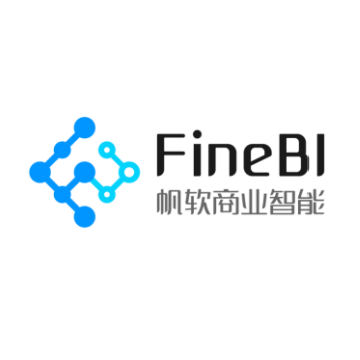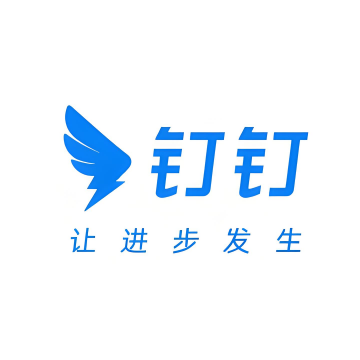人工智能卷积神经网络(CNN)是深度学习中用于图像识别、分类和处理的关键技术。下面是一个简化版的CNN计算例题解析,以帮助理解卷积神经网络的基本概念和应用。
示例问题:手写数字识别
假设我们有一个训练数据集,包含不同角度和大小的手写数字图像,以及对应的类别标签。我们的任务是使用CNN模型来识别这些手写数字。
步骤1: 准备数据
首先,我们需要将手写数字图像转换为适合CNN输入的格式。这通常包括缩放和裁剪到相同的尺寸,并可能进行归一化处理。
```python
import numpy as np
from PIL import Image
def preprocess_image(image_path):
img = Image.open(image_path)
image = np.array(img, dtype=np.float32) / 255.0
image = np.reshape(image, (1, -1, img.shape[-1]))
return image
```
步骤2: 构建CNN模型
接下来,我们定义一个简单的CNN模型。在这个例子中,我们将使用一个单层卷积层、激活函数和池化层。
```python
import tensorflow as tf
from tensorflow.keras import layers
def create_cnn_model():
model = tf.keras.Sequential([
layers.Conv2D(32, (3, 3), activation='relu', input_shape=(64, 64, 3)),
layers.MaxPooling2D((2, 2)),
layers.Conv2D(64, (3, 3), activation='relu'),
layers.MaxPooling2D((2, 2)),
layers.Flatten(),
layers.Dense(64, activation='relu'),
layers.Dense(10, activation='softmax') # 输出层的神经元数量和激活函数
])
return model
```

步骤3: 训练模型
现在我们可以编译模型,并进行训练。这里我们使用MNIST数据集作为示例。
```python
from tensorflow.keras.datasets import mnist
from tensorflow.keras.utils import to_categorical
# 加载MNIST数据集
(train_images, train_labels), (test_images, test_labels) = mnist.load_data()
train_images, test_images = preprocess_image(train_images), preprocess_image(test_images)
# 将标签转换为one-hot编码
train_labels = to_categorical(train_labels)
test_labels = to_categorical(test_labels)
# 划分数据集
train_images = train_images[:5000]
test_images = train_images[5000:]
# 编译模型
model = create_cnn_model()
model.compile(optimizer='adam', loss='sparse_categorical_crossentropy', metrics=['accuracy'])
# 训练模型
model.fit(train_images, train_labels, epochs=5)
```
步骤4: 评估模型
最后,我们可以评估模型的性能。在这个例子中,我们使用准确率作为评估指标。
```python
# 评估模型
test_loss, test_acc = model.evaluate(test_images, test_labels)
print('Test accuracy:', test_acc)
```
通过上述步骤,我们成功地使用一个简单的CNN模型实现了手写数字的识别任务。这个例子展示了如何使用Python和TensorFlow库构建和训练一个基本的CNN模型。

















 川公网安备51015602000223号
川公网安备51015602000223号